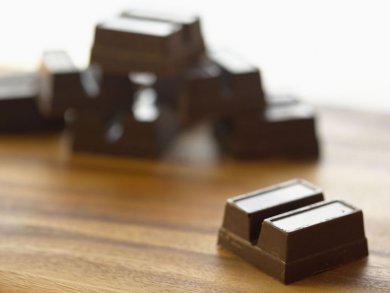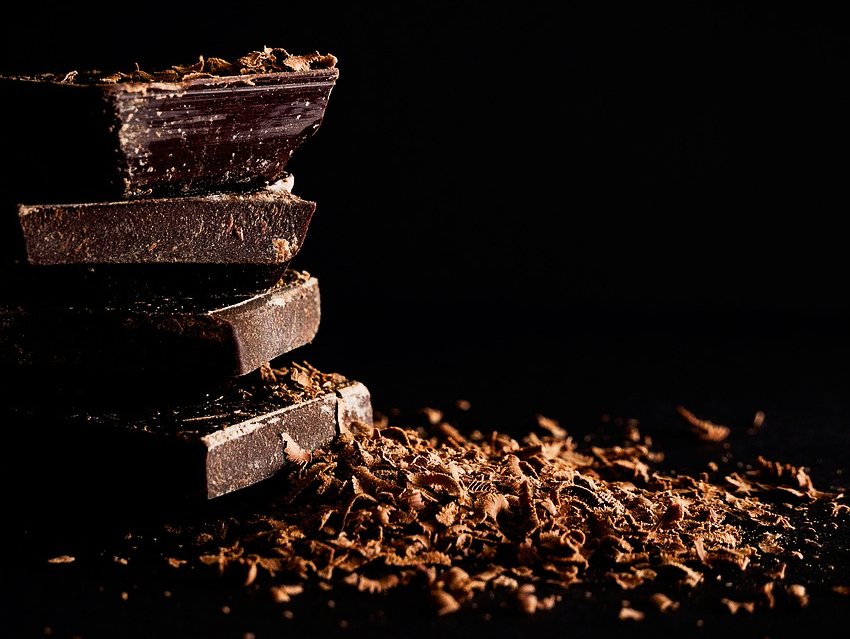Cocoa farming faces increasing threats from climate change and plant diseases such as Black Pod, Frosty Pod, and Cocoa Swollen Shoot Virus, leading to harvest declines and record-high cocoa prices. As a result of climate change, traditional cocoa-growing regions may become unsuitable, and the composition of cocoa butter is also expected to shift. The plant modifies the fat to become more resilient, resulting in the fatty acids becoming more saturated. Without process engineering or chemical adjustments, the chocolate of the future will “only melt in the mouth if one has a fever; otherwise, it will remain an unpleasant, gritty block.”
Simultaneously, stricter EU regulations on mineral oil hydrocarbons and cadmium contamination demand innovative agricultural and processing strategies. Mineral oils can migrate from jute sacks into cocoa beans. The cocoa beans are transported in jute sacks from rural areas to the nearest collection point or port. Cadmium is not a nutrient, but due to the low selectivity of zinc and iron transporters, cacao trees absorb it from the soil and accumulate it in their seeds. Soils in Central and South America, in particular, can contain high cadmium levels because of their relatively young geological age.
Alternatives like cell culture–derived chocolate are emerging: researchers at the Zurich University of Applied Sciences in Switzerland, for examle, have successfully cultured Theobroma cacao cells in bioreactors to produce chocolate without traditional farming, offering new paths amid global challenges. However, scalability, regulatory hurdles for novel foods, and high production costs remain critical barriers to widespread adoption.
- Schokolade in Gefahr,
Brigitte Osterath,
Nachr. Chem. 2025.
https://doi.org/10.1002/nadc.20254148079
Also of Interest

Focus: Chocolate – The Noblest Polymorphism
Chocolate is a cultural asset of mankind. Klaus Roth proves, once again, only chemistry is able to produce such a celestial pleasure




